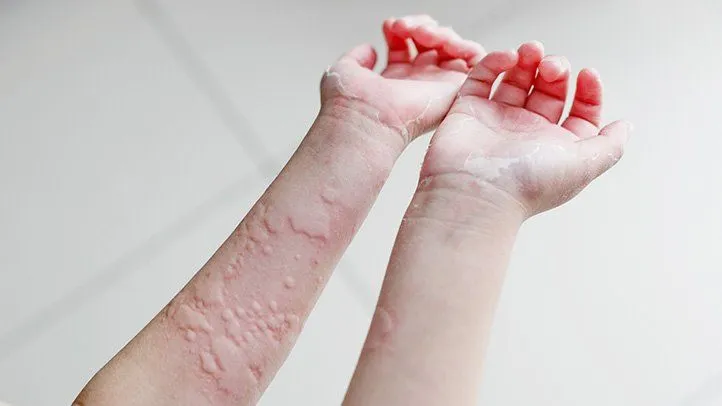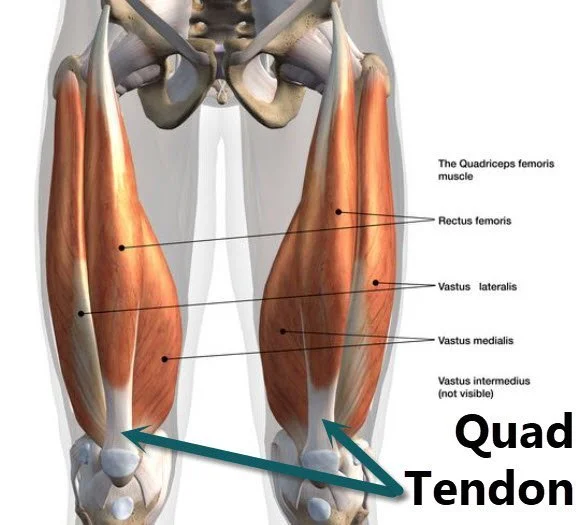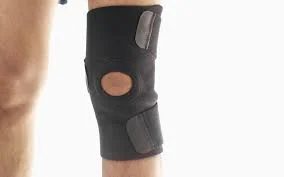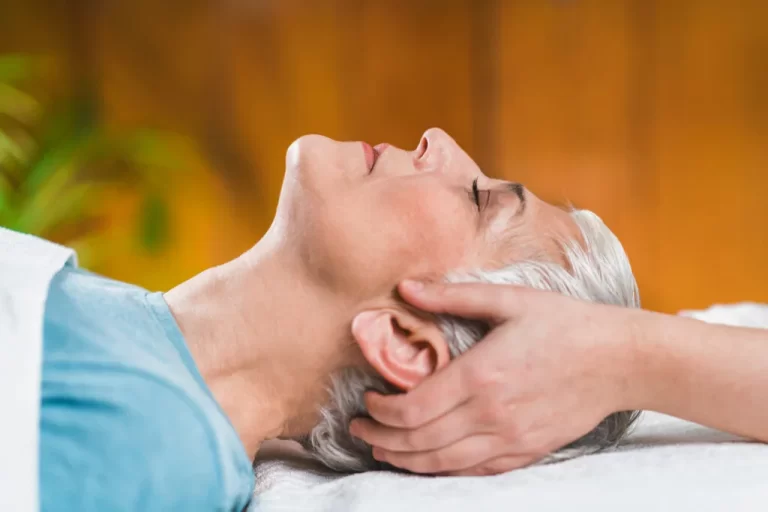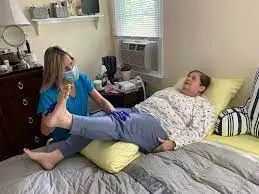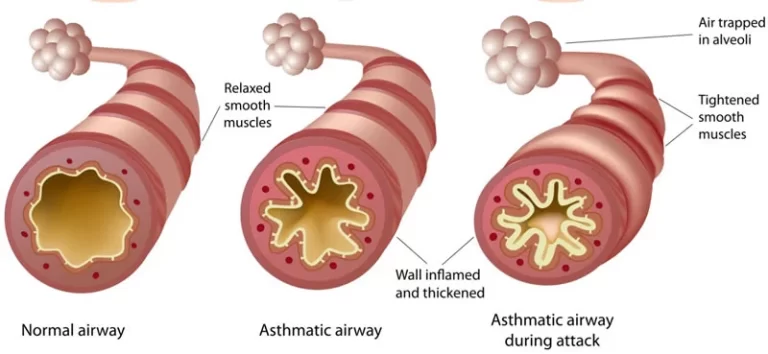PRICES Principle
Introduction
The PRICES principle stands for Protection, Rest, Ice, Compression, Elevation, and Support. It is an extended approach to treating acute injuries, particularly those sustained during sports or physical activity. To promote optimal healing and recovery, every component is necessary. Let’s take a closer look at each PRICES essential element:
Protection
The initial stage in the treatment of injuries is to protect the area that was injured from further damage. This may mean immobilizing the injured limb or using braces, splints, or tape to prevent excessive movement or stress on the injured tissues. Protection creates a healing environment and lessens the chance of aggravating the injury.
Rest
During the early phases of injury management, rest is essential to prevent further harm to the injured tissues. It means not doing anything that would strain or hurt the injured area further. While prolonged complete immobilization may cause stiffness and weakening of the muscles, rest is necessary to allow the tissues to heal. A progressive return of movement and exercise should be undertaken as healing progresses, taking pain and tolerance into consideration.
Ice
Pain, inflammation, and edema can be reduced by using ice or cold therapy, which narrows blood vessels and reduces the injured area. Cold therapy can be applied multiple times a day for short durations (about 15 to 20 minutes at a time) with the aid of ice packs, cold compresses, or specialized tools. But it’s essential to keep your skin away from the ice in order to prevent frostbite; instead, put a barrier—like a towel or piece of cloth—between your skin and the ice pack.
Compression
Compression supports the injured area and reduces swelling by applying light pressure to the tissues. To perform compression, use wraps, elastic bandages, and compression garments. It is important to apply compression uniformly because an excessively tight fit can obstruct circulation. Compression should be released when applying ice, but it should be maintained during periods of activity and rest.
Elevation
Elevating the injured limb above the level of the heart decreases edema by allowing the extra fluid to escape from the affected tissues. Elevation promotes venous return and reduces blood and fluid buildup in the affected area. It is recommended to elevate the injured limb whenever possible, especially during rest or sleep.
Support
Providing adequate support to the injured area helps to stabilize the joint and promotes the greatest potential healing outcome. This may mean using tape, braces, or splints to reduce pressure on the injured areas and enable safe movement. The advice of medical specialists for supportive measures should be adjusted to the specific needs of the injury.
The PRICES idea offers a systematic and all-inclusive approach to injury care, promoting the best potential healing and rehabilitation from acute injuries. Prompt intervention, covering the injured area, and a gradual return to activities based on tolerance and pain are all extremely difficult.
However, it’s essential to adjust treatment according to the specific nature and degree of the injury as well as the patient’s response to it. Consultation with a healthcare professional is recommended for proper diagnosis and management of sports-related injuries.

